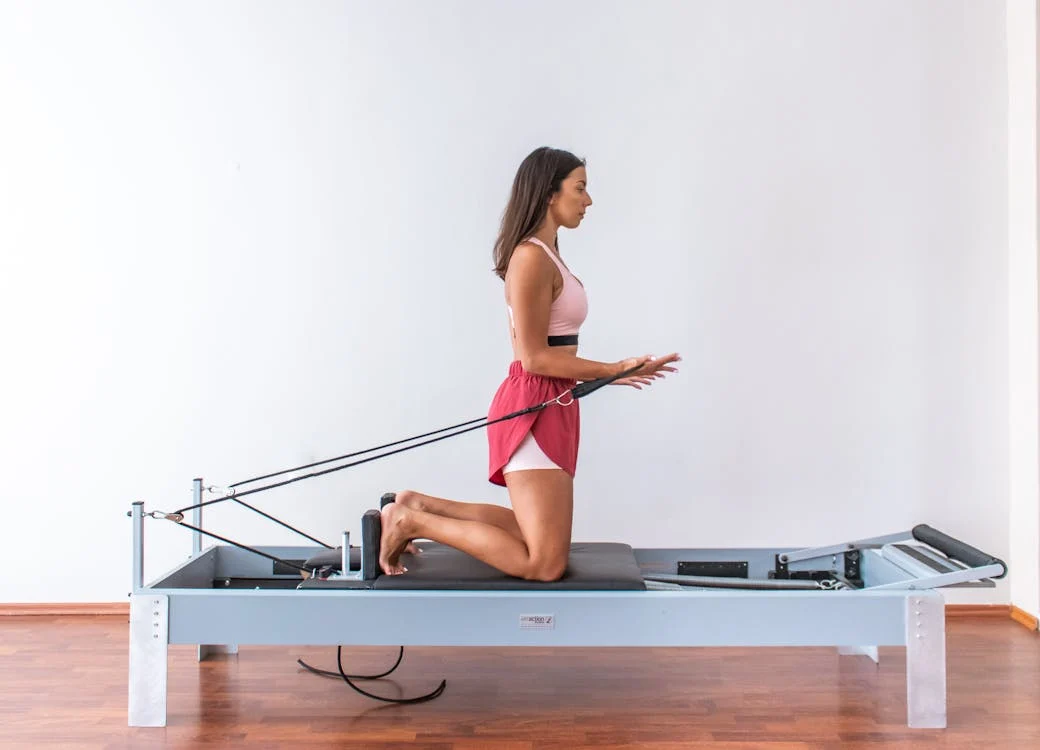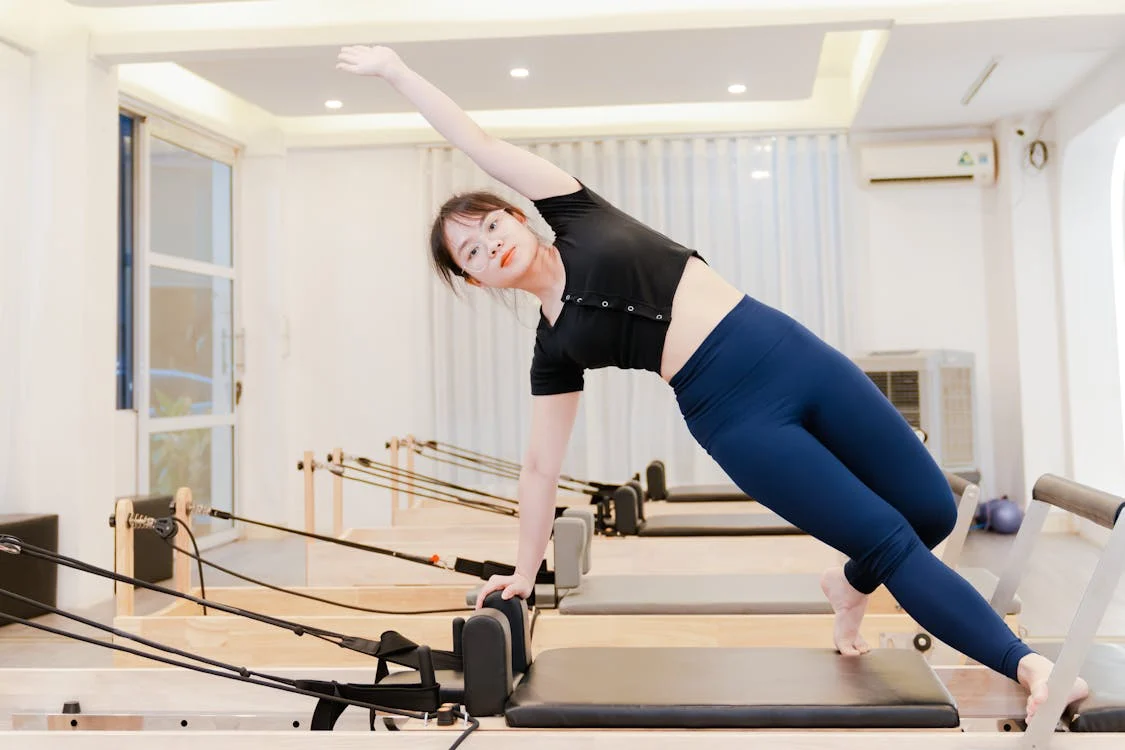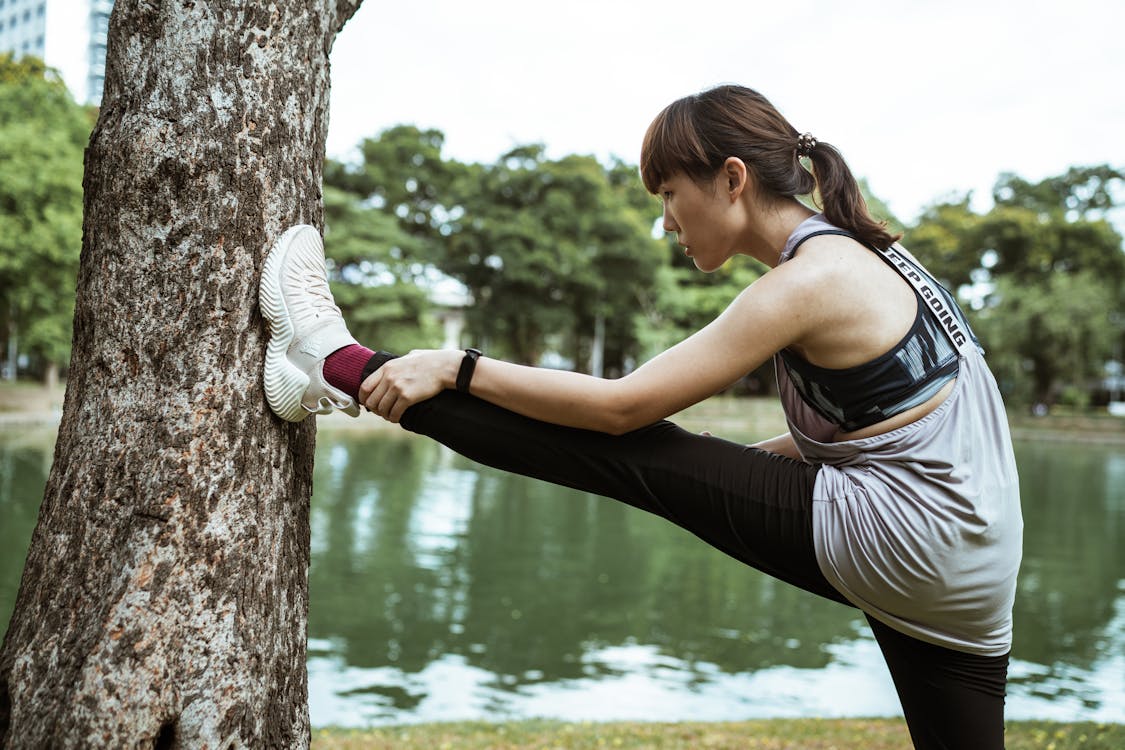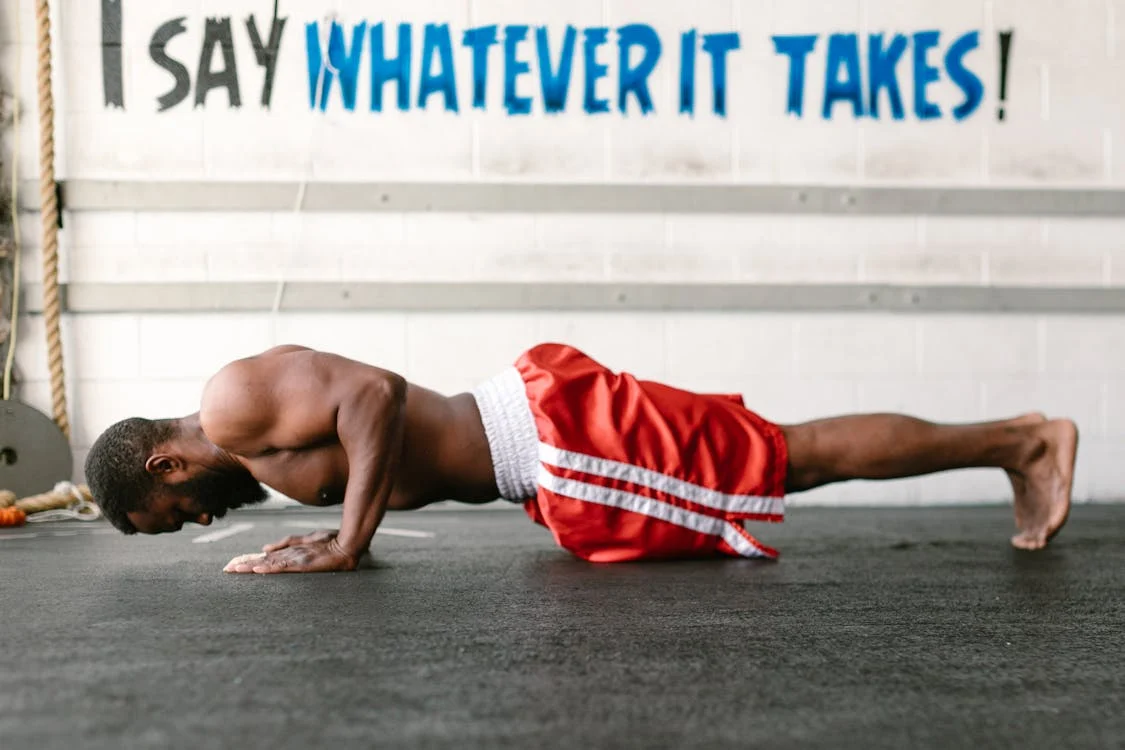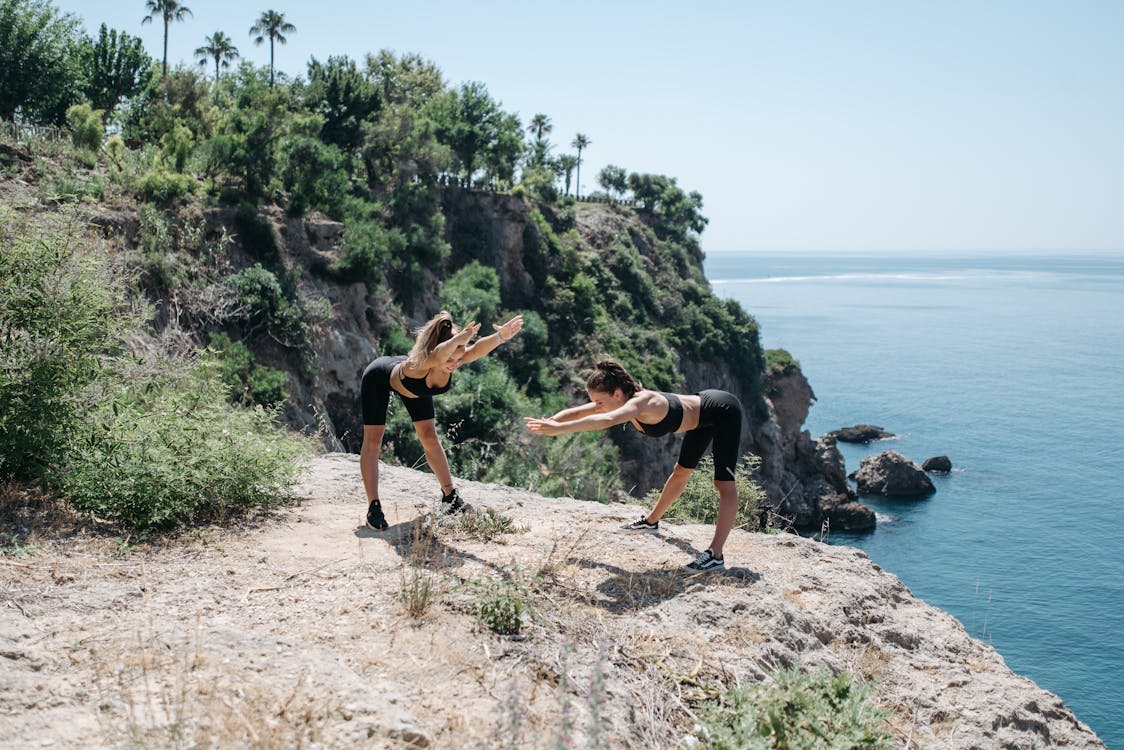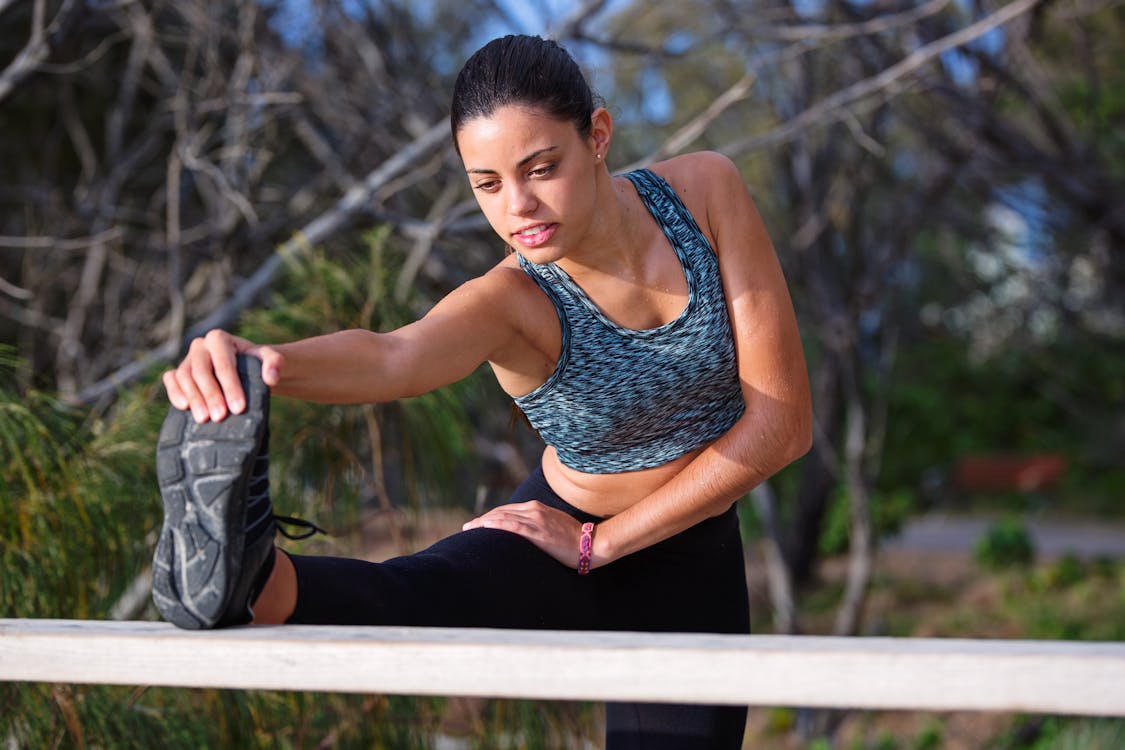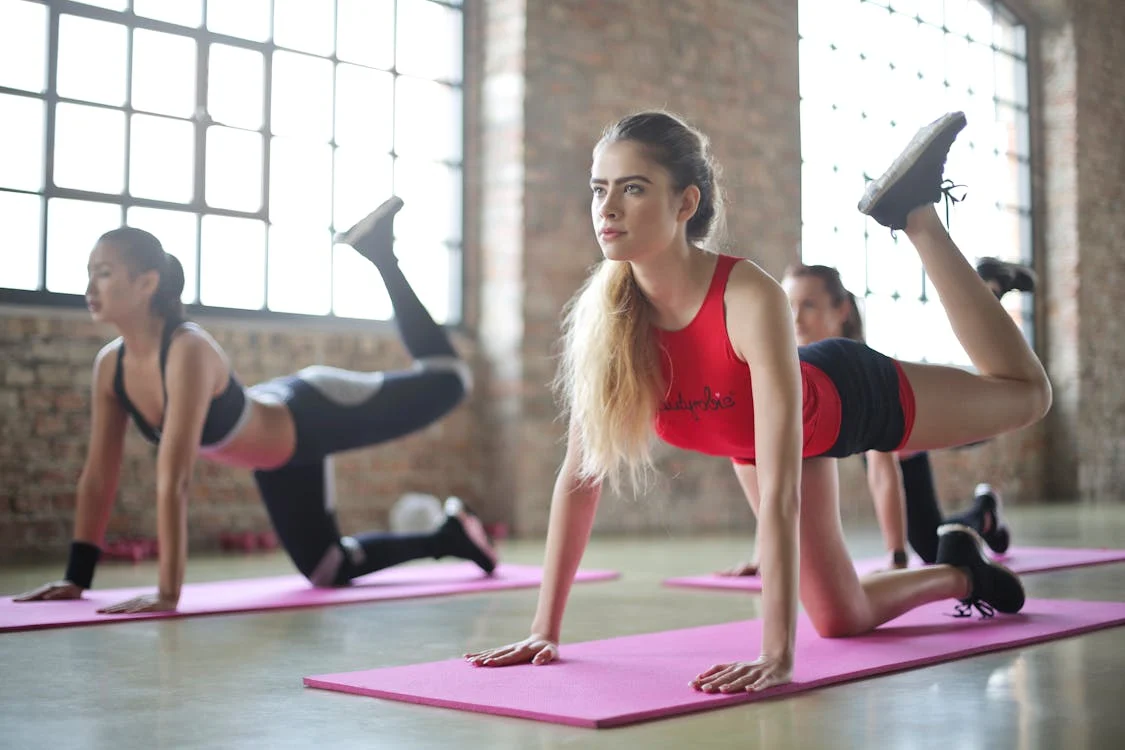When it comes to weight management, there’s no one-size-fits-all solution. It’s easy to get caught up in fad diets, quick fixes, or the latest fitness trends, but the key to sustainable weight management is understanding your body and finding a balanced approach that works for you. Whether you’re looking to lose, gain, or maintain weight, it’s all about building healthy habits that you can stick with for life.
Here are some practical strategies to help you manage your weight without feeling deprived or overwhelmed.
1. Set Realistic and Sustainable Goals
The first step in managing your weight is setting realistic, achievable goals. Whether you want to lose a few pounds or simply maintain a healthy weight, avoid drastic changes that are difficult to sustain. The goal is to find a balance that works for you and your lifestyle.
Start by setting small, measurable goals. Instead of aiming to lose 20 pounds in a month, aim to lose 1-2 pounds a week. Slow, steady progress is not only more sustainable, but it also promotes better long-term health.
Tip: Use positive, motivating language in your goal-setting. For example, “I want to feel more energized and healthier” instead of “I need to lose weight fast.”
2. Focus on Whole, Nutrient-Dense Foods
One of the best ways to manage your weight is by focusing on whole foods that nourish your body. This includes fruits, vegetables, lean proteins, whole grains, and healthy fats. These foods are rich in vitamins, minerals, and fiber, which support your metabolism and keep you feeling full longer.
Tip: Aim for a balanced plate at each meal. Half your plate should be filled with vegetables, a quarter with lean protein, and a quarter with whole grains or healthy carbs. This balance will help you manage hunger while providing essential nutrients.
3. Mindful Eating: Listen to Your Body
Mindful eating is a powerful tool for weight management. It involves paying attention to how your body feels before, during, and after meals. This practice helps you tune in to your hunger and fullness cues, which can prevent overeating.
Tips for mindful eating:
- Eat slowly and savor your food.
- Check in with your hunger levels before eating. Are you truly hungry, or are you eating out of habit or boredom?
- Put your fork down between bites, and focus on the flavors and textures of your food.
4. Stay Active—Find What You Enjoy
Exercise plays a vital role in weight management, but it doesn’t have to mean long hours at the gym. The key is to find physical activities you enjoy so that they become part of your routine. Whether it’s walking, dancing, swimming, cycling, or yoga, choose exercises that make you feel good and are sustainable in the long run.
Tip: Aim for at least 150 minutes of moderate-intensity exercise per week (or 75 minutes of vigorous exercise). If you’re short on time, break it into smaller chunks—10-15 minutes a day can make a big difference.
5. Track Your Progress (But Don’t Obsess Over the Scale)
Tracking your progress can be a helpful way to stay accountable and see improvements, but it’s important not to get fixated on the number on the scale. Weight can fluctuate daily due to various factors like hydration, hormones, and muscle gain. Instead, track other indicators of progress, such as energy levels, fitness improvements, or how your clothes fit.
Tip: Consider using a journal or app to log your meals, workouts, and mood. This can help you identify patterns and areas where you can improve.
6. Prioritize Sleep and Stress Management
Sleep and stress are often overlooked when it comes to weight management, but both play a significant role in how your body processes food and burns fat. Lack of sleep and chronic stress can disrupt hormones that regulate appetite and metabolism, leading to overeating and weight gain.
Tips for better sleep:
- Aim for 7-9 hours of sleep each night.
- Create a calming bedtime routine, such as reading or meditating, to wind down.
Stress management:
- Incorporate stress-reducing activities like deep breathing, mindfulness, or spending time outdoors.
- Regular physical activity is also a great stress reliever.
7. Stay Hydrated
Drinking enough water is essential for managing weight. Often, feelings of hunger can be mistaken for thirst. Staying hydrated can help prevent overeating and improve digestion.
Tip: Drink water before meals to help control portion sizes and prevent unnecessary snacking. Carry a water bottle with you throughout the day to stay consistent with hydration.
8. Practice Patience and Self-Compassion
Managing your weight is a journey, not a destination. There will be ups and downs, and it’s important to be kind to yourself along the way. If you slip up or face challenges, don’t give up. It’s all part of the process.
Tip: Focus on progress, not perfection. Celebrate small wins, and remember that one “bad” day doesn’t undo your efforts.

